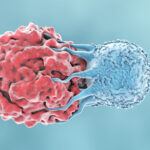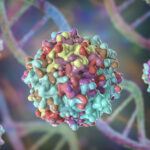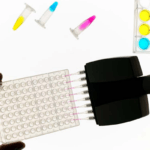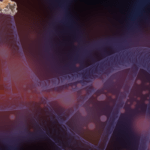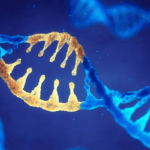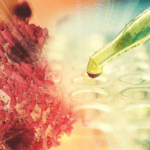Safety and Efficacy Testing of Cell Therapies
An Overview of Cell Therapy: As we continue our blog series on cell and gene therapy, we will now dive into cell therapy programs. If…
Bioanalytical Support for Gene Therapy Programs
An Introduction to Gene Therapy: As early as the 1970’s, the term “gene therapy” was used for the treatment of genetic disorders at the DNA…
Validation of qPCR Assays for Gene Therapy
Though the modern world has progressed a lot in terms of medical interventions and biomedicine, there still are a vast number of diseases and disorders…
Challenges for Measuring Immunogenicity of AAV-based Gene Therapies
Gene therapy is a powerful form of treatment that involves introducing genetic material into cells to replace defective genes resulting in the production of an…
Cell and Gene Therapies Account for a Large Portion of the Therapeutics Market
Cell and gene therapies have gone through a growth spurt in the last decade. According to data from the Alliance for Regenerative Medicine (ARM), during…
Impact of Pre-Existing Immunogenicity Against AAV on Gene Therapy Trials
The concept of using pre-existing immunogenicity as an exclusion criteria for gene therapy clinical trials is changing. BioAgilytix’s Chief Scientific Officer, Dr. Jim McNally, explores…
The Power of Being NYCE
A recent study using triple-edited ‘NYCE’ cells shows the possibilities of multiplex genome editing to effectively treat complex diseases like some cancers. We explore the…
CLIA Requirements for Gene and Cell Therapy Programs
It's a common misconception that all aspects of cell & gene therapy research and development are excluded from CLIA oversight. We take a closer look…
CRISPR-Cas9 Milestones: The First In Vivo Clinical Trial Is Now Underway in Boston
The first in-human in vivo clinical trial using CRISPR-Cas9 is now open for enrollment; we take a closer look at this genome editing technology to…
Gene Therapy Trends: Conditional Approval of Zynteglo Brings Ex Vivo Gene Therapy Into Focus
The recent approval of Zynteglo further builds credibility to the specific and emerging class of cell therapies engineered via “ex vivo” gene therapy. We explain…
